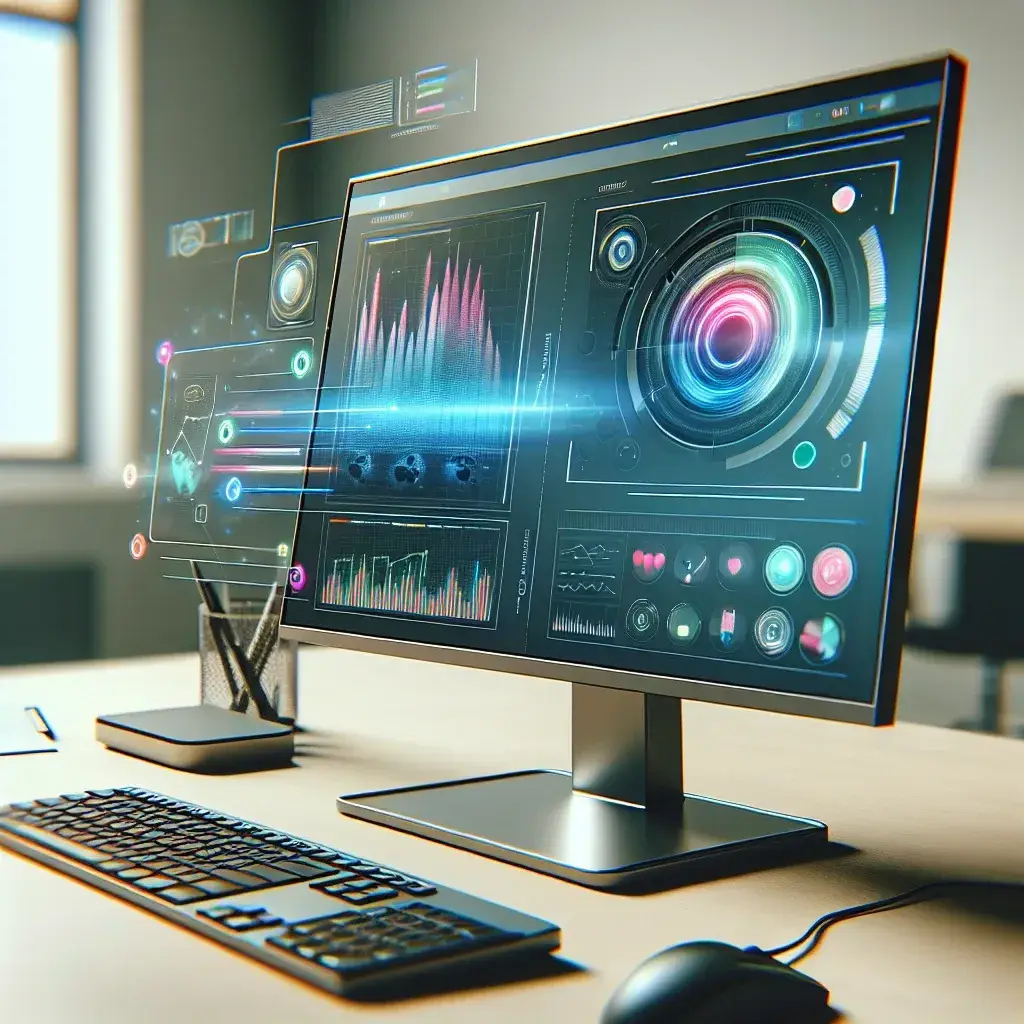In the tech-savvy world we live in today, monitors and screens have become an essential part of our daily lives. From workstations to gaming setups, the quality and functionality of monitors can significantly impact the user experience. One recent advancement in monitor technology is the inclusion of proximity sensors. But why are some monitors equipped with proximity sensors? In this article, we will explore the diverse functionalities and advantages of proximity sensors in monitors.
The Basics of Proximity Sensors
Proximity sensors are devices designed to detect the presence of nearby objects without physical contact. These sensors emit electromagnetic fields or infrared beams to sense movement or presence. In the context of monitors, proximity sensors are mainly used to enhance user interaction and power management.
Core Functions of Proximity Sensors in Monitors
- Energy Efficiency: Monitors with proximity sensors can detect when a user is present or away. If the sensor detects no movement after a specified period, it can automatically dim or turn off the screen, conserving energy.
- Enhanced Security: Proximity sensors can lock the screen or switch to a screensaver when the user steps away, preventing unauthorized access to sensitive information.
- Convenience: These sensors can automatically wake the monitor when a user approaches, eliminating the need to manually turn it on.
- Better Health Monitoring: By tracking user presence, proximity sensors can be used in ergonomic applications to remind users to take breaks, thereby reducing strain.
Energy Efficiency: Reducing Power Consumption
One of the primary reasons for incorporating proximity sensors in monitors is to improve energy efficiency. As organizations and end-users become more conscious of their carbon footprints, implementing energy-saving technology becomes imperative. Proximity sensors help in this by managing the power usage of monitors based on user activity.
Consider the following data on power consumption for a standard office setup:
| Usage State | Power Consumption (Watts) |
|---|---|
| Active Use | 50W |
| Sleep Mode | 5-10W |
| Powered Off | 0.5-1W |
Monitors with proximity sensors automatically switch to sleep mode or power off when not in use, thus significantly reducing power consumption. Over time, this not only saves energy but also reduces electricity costs.
Enhanced Security: Preventing Unauthorized Access
In professional environments where data privacy is paramount, proximity sensors add a layer of security. When the user steps away from their desk, the monitor can automatically lock or display a screensaver. This prevents unauthorized access and ensures that sensitive information remains protected.
Convenience: Seamless User Experience
Proximity sensors offer a higher level of convenience by automating certain aspects of monitor usage. For instance, the monitor can wake up from sleep mode as soon as the user approaches. This eliminates the need for manual interaction, making the user experience more seamless and efficient.
Here are some ways proximity sensors enhance convenience:
- Auto-Wake Feature: The screen automatically turns on when a user is detected, saving time and effort.
- Auto-Dimming: The monitor dims when you step away, reducing power consumption without needing manual control.
- Smart Settings: The sensor can adjust brightness or display settings based on user presence, optimizing the viewing experience.
Better Health Monitoring: Promoting Ergonomics
Proximity sensors can also be leveraged to promote better health and ergonomics. By tracking user presence, the system can send reminders for users to take breaks, ensuring they do not sit for extended periods. Prolonged sitting can lead to various health issues, including back pain and eye strain. By prompting users to take regular breaks, these sensors contribute to a healthier work environment.
Technological Advancement: A Look into the Future
As technology continues to advance, the potential applications for proximity sensors in monitors will likely expand. Future developments may include:
- Advanced Interaction: Using gestures to control the monitor without touching it, creating a more interactive environment.
- Personalized Settings: Recognizing individual users and adjusting settings to their preferences automatically.
- Integration with IoT: Connecting monitors to smart home or office devices for a more integrated experience.
Conclusion
Proximity sensors in monitors are more than just a novel feature. They offer numerous benefits including energy efficiency, enhanced security, convenience, and better health monitoring. As technology evolves, the use cases for proximity sensors will likely grow, making them a standard feature in future monitor designs. By understanding the advantages they bring, users and organizations can better appreciate the added value of these advanced monitors.

